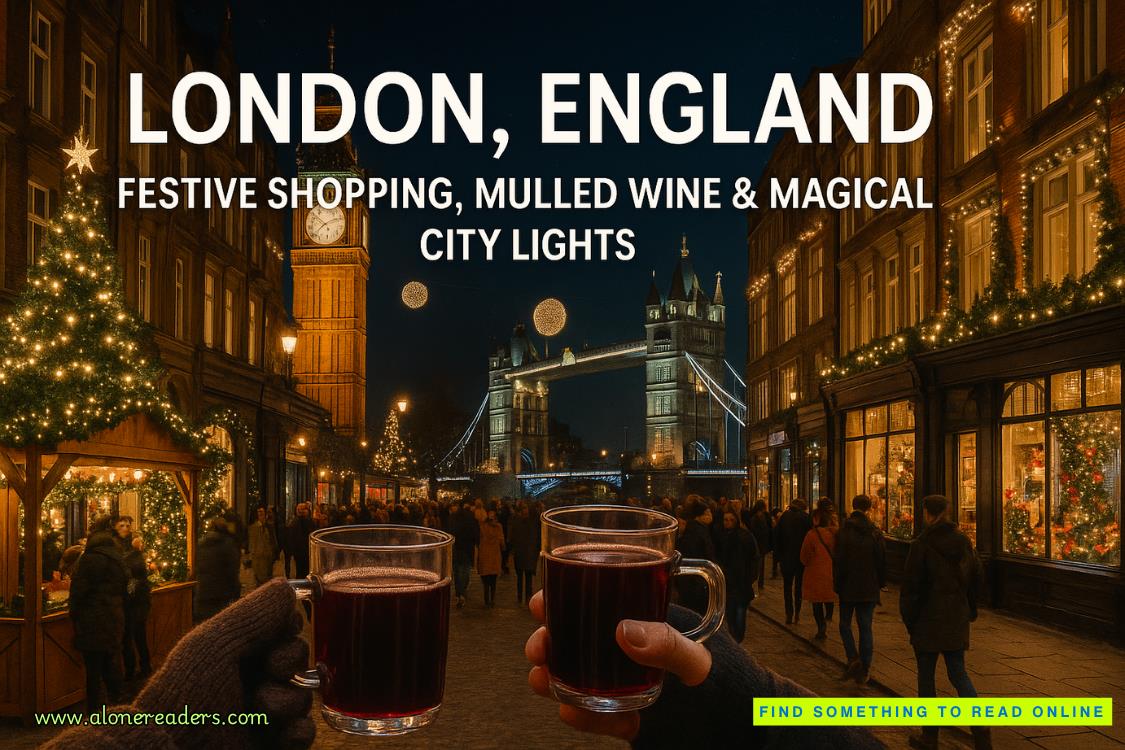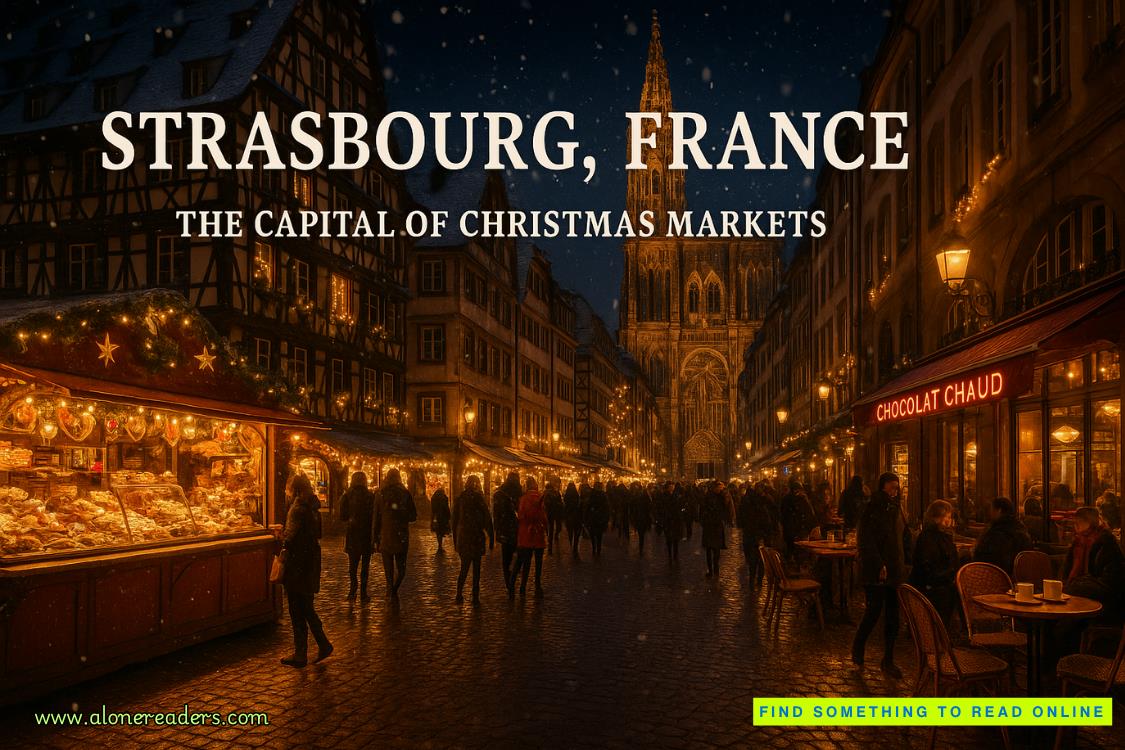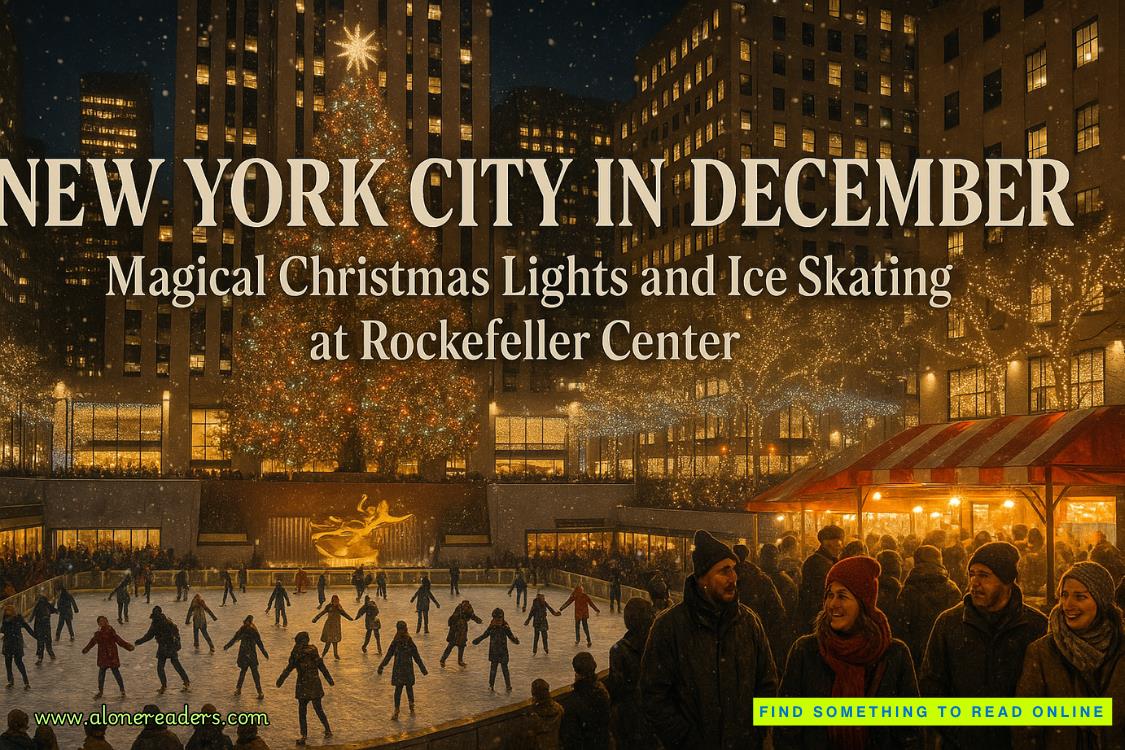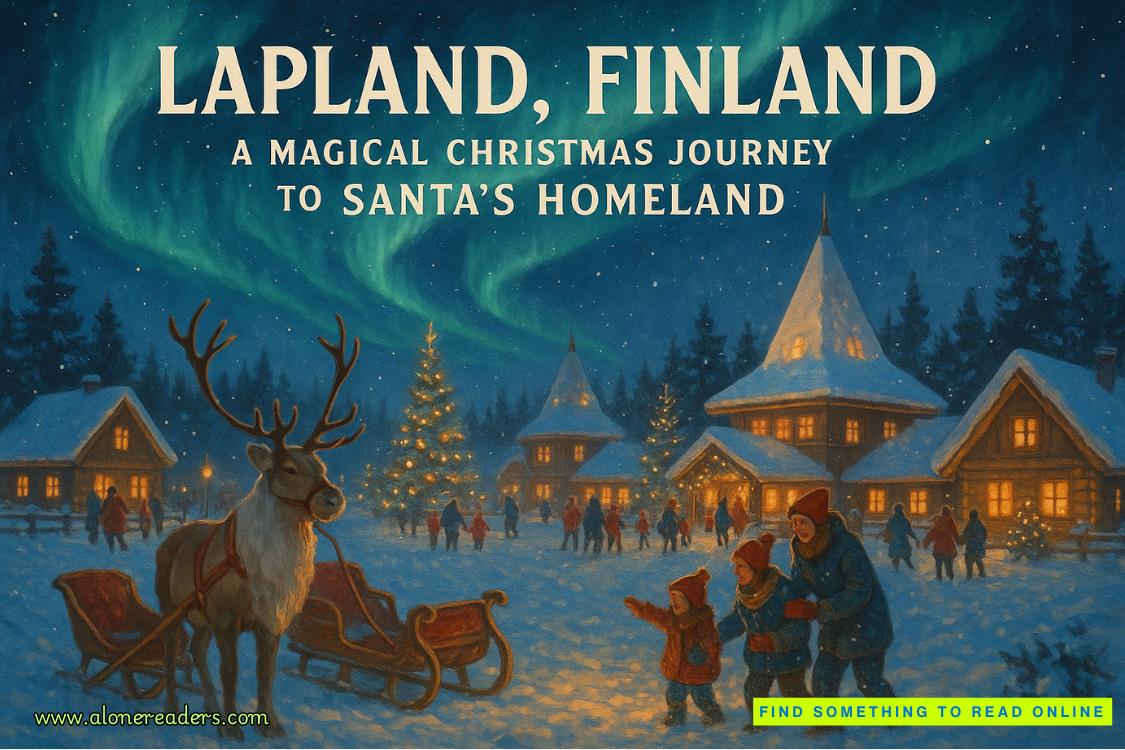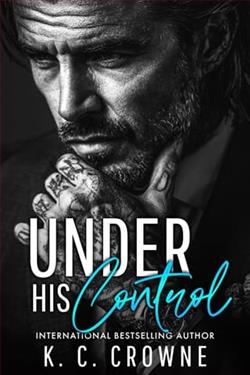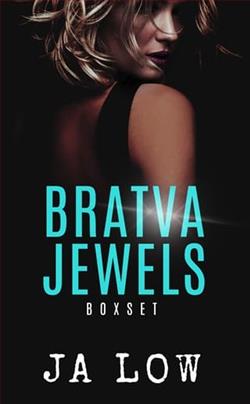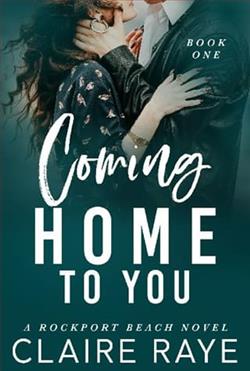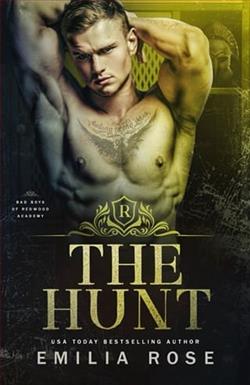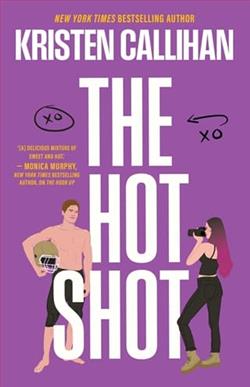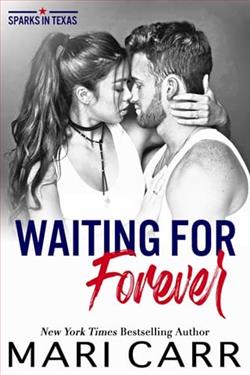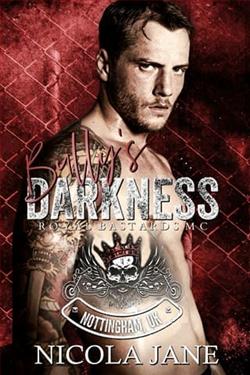Page 93 of The 9th Man
In the driver’s seat Agent Greer now knew they’d come under fire. He punched the gas pedal. Instantly the limousine accelerated to fifteen miles per hour. Clint Hill, now sprinting, managed to mount the car’s bumper. He threw himself atop Kennedy and Jackie, hoping to shield them from further gunfire. The president was slumped forward in his seat, already technically dead, Jackie’s pink dress covered in his blood.
Horrified onlookers panicked and scattered. Dealey Plaza’s layout made it a natural sound amplifier. Some bystanders, thinking the shots had come from the area of the grassy knoll, headed in that direction. Others simply scrambled for cover. Kennedy’s limousine and the trail car accelerated toward the triple underpass at the bottom of Elm Street.
What happened next remains in dispute.
A third shot rang out.
Witness James Tague, a car salesman, who’d stopped to watch the motorcade, was standing five hundred feet from Oswald’s perch, near an abutment at the triple underpass. He heard the gunshots but thought someone had let off firecrackers. The third shot missed Kennedy’s limousine and ricocheted off the curb. Tague caught a fragment of the bullet in the cheek, only later realizing this had occurred.
It all happened in 5.6 seconds.
Inside the book depository, Oswald dropped his rifle and fled downstairs to the ground floor, making a hasty exit.
On Elm Street, Kennedy’s motorcade raced past the triple underpass and sped toward Parkland Memorial Hospital, four miles away. Five minutes later the motorcade reached the hospital. Kennedy and Governor Connally were rushed inside where emergency room doctors and nurses began working to save the president’s life.
But it was too late.
The second gunshot, the head wound, was catastrophic.
He was pronounced dead at 1:00P.M.
Luke went silent.
After a few moments, Jillian whispered, “You do know this stuff.”
“I cheated. Last night, while you slept, I called my boss and she connected me with an expert. He and I emailed back and forth. I supplied him the drawings, the audio recording, and the other notes we found.
“After Kennedy was pronounced dead at Parkland, his remains were quickly transported from Texas to Walter Reed Army Medical Center in DC aboard Air Force One. The president’s death was obviously a murder. One that had taken place in Dallas County, Texas. An autopsy needed to be conducted there, in Texas, and the local county coroner’s office had jurisdiction. At that time the killing of a president was not a federal crime, so the FBI had no involvement. It was a Texas murder. We know from the audio that the examining room was equipped with a recording device. Not unusual as medical examiners record what they’re doing. Secret Service agents forcibly took custody of Kennedy’s remains. They were placed in a casket, draped in an American flag, driven to Love Field, and loaded aboard Air Force One. I was told last night that once the body was on Air Force One the Secret Service wanted to leave immediately. They were afraid the medical examiner would show up with police and retake the body. But Lyndon Johnson would not let them leave. He wanted to be sworn in before the plane took off. It was an hour and fifteen minutes before a judge arrived to administer the oath. Then the plane left. No Texas autopsy ever occurred.”
He handed Jillian the two diagrams labeledVARIABLES AND DISCREPANCIES, along with the drawing they’d found secreted in Benji’s nightstand lamp.
“See those tiny geometric symbols, the square, the triangle,” he said. “Look closely at the crosshairs on the diagrams.”
Jillian did so. “They’re the same symbols on both pages. How did we miss that?”
“Information overload. Plus, it’s the way Ray and Benji designed it. Compartmentalization. Without having everything in hand the chances of recognizing the pattern were slim. It’s textbook intelligence practice. Now place the diagrams atop one another, then put Benji’s drawing on top, but rotate it ninety degrees left.”
She followed his directions.
“Now hold the stack up to the sun and align the crosshairs with the geometric symbols.”
Jillian gasped. “This is—”
He nodded.
“Dealey Plaza. Right where we’re standing.”
45
LUKE POINTED AT THE COMBINED DRAWINGS. “I WORKED A LOT OFthis out with the expert last night. He was a wealth of information and managed to electronically merge the three images we have into one.”
He showed her on his phone.
“You see the lettersE,M, andHinside the black bars? They represent Elm, Houston, and Main Street. See the Gr -3.15°?That’s the grade from Elm Street down to the triple underpass. Minus three point one five degrees. You would need to know that if you want accurate calculations. Add to that the scribbled figures, 22 m.p.h., 59 ft., 81, BH 414, and the rest. That would be the wind speed that day, the height of Oswald’s perch, his distance to the motorcade in meters, and Zapruder’s camera. A Bell & Howell Zoomatic Director Series Model 414. Check out the tiny stick figure below the 81. You know what that is.”
She nodded. “The icon for heavy weapon. But the symbol’s not quite right, though.”
“I agree. Check out the JT-3 dot near the underpass abutment. That’s where James Tague was struck by the third shot ricochet. The Z=19 on the grassy knoll stands for Zapruder’s position and distance from Kennedy at the time of the shooting. The F313 in the middle of Elm Street is Frame 313, the moment the kill shot was recorded. That’s the white X in the pavement out there.” He pointed to the street. “Like I said, that expert was a wealth of knowledge. He told me all this.”
